Guest Post: The Popcorn Movie in Jeopardy?: A Response to Sady Doyle
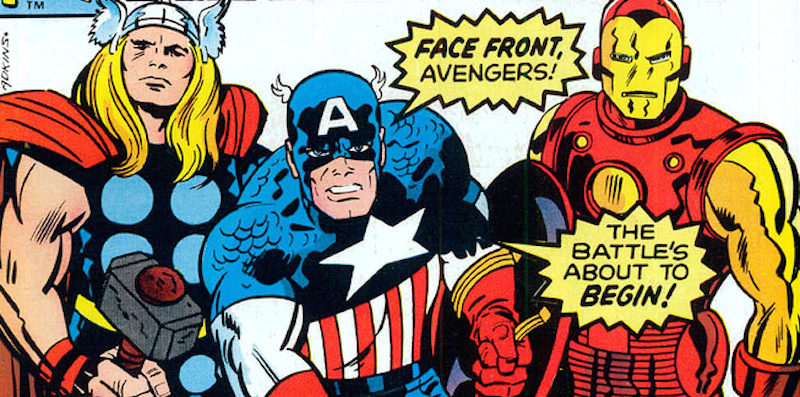
Editor’s Note: Today’s guest post is by Leah Misemer and talks about the difficulties faced when translating comics, which can be produced cheaply and serially, into movies, which are expensive and take time to produce. Specifically, she is responding to this article by Sady Doyle at Wired.
******
As comics move from the page to the screen, it is inevitable that they should gain a wider audience, which means a wider range of critics. It’s difficult to throw a stone down to the corridor of any night of TV programming or any TV station’s Hulu channel without hitting a show based on comics. Same for film, where both Marvel and DC have announced multi-year release plans stretching into 2019. Because writing about comics draws clicks and eyeballs, they have become a popular subject of critique. Much of this critique is what I call “outsider” critique, responses based on few previous experiences with comics in the past, which the author either acknowledges openly or implies based on how he or she comments on the medium. Jill Lepore’s attack on the cover image of A Force published in the New Yorker, is outsider critique because, as G. Willow Wilson points out in her response to Lepore, it shows no knowledge of the history of representation of women in comics. Similarly, Sady Doyle’s article claiming that Marvel is “killing the popcorn movie,” which appeared on Medium and spread via Wired, is outsider critique. I aim to balance Doyle’s outsider perspective by viewing Avengers: Age of Ultron from an “insider” perspective, which is historically aware. From that historical perspective, I see the problems of AoU as problems of translation from a cheap serial format (comics) to an expensive slow format (movies).
—
Because comics are traditionally a serial medium–one where stories are recounted over numerous issues received on a regular basis–they require more historical knowledge than most. When I say historical, I don’t mean knowing about the culture that surrounded them, though that can be helpful since they are objects of popular culture. I mean knowledge of the history of the series, the parts of the stories that came before the specific story currently under the microscope. The stories they tell are based on their serial structure, incorporating tie-ins (mentions of other series published by the same company) and crossovers (appearances of characters from other series) that create a sprawling universe of characters that is always bigger than any one issue. Even without these references to other series, each issue in a series depends on previous issues to tell the story. Comics are frequently cheaply made, printed on newsprint in a 32 page format that can be produced quickly. Sometimes an issue won’t advance the story very much; it will instead remind readers of what happened before in the series and set up what comes next, usually a complex crossover event where multiple characters will converge for a grand battle. These issues are called “bridge issues,” and they are unique to serial media like comics and television. As someone who knows all of this about comics, I see AoU as a “bridge issue” in the longer story Marvel is telling, one that reminds us what has come before in the vast Marvel Cinematic Universe (which extends to television), and sets up the huge battles to come in Captain America: Civil War and Avengers: Infinity War.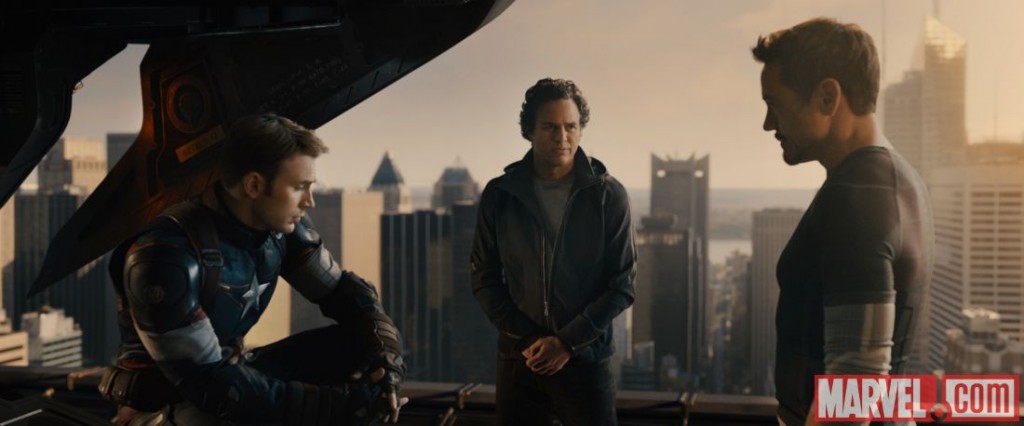
—-
Many of Doyle’s problems with AoU stem from its status as a bridge installment. She claims that Marvel has “contempt for its audience” because the plethora of characters, multitude of fight scenes, connections to other Marvel franchises, and the formulaic plot get in the way of character development. To Doyle, references to other characters from the MCU are “advertisements” because she is an outsider. To me, as a reader of comics, these advertisements are “tie-ins,” a technique I’m used to, and often fond of, in comics stories. True, the tie-ins serve a commercial purpose: I’m pretty sure I would not be watching Agents of S.H.I.E.L.D if it hadn’t been positioned as a vital part of the MCU back when Captain America: Winter Soldier came out. But the point is that the tie-ins carry over from the serial format of print comics. As someone familiar with the rest of the MCU, I liked seeing Agent Carter, whose show on ABC is both a great period piece for the 1950s and an example of women kicking ass in the MCU, in Steve Rogers’ (Captain America) fantasy. And because the movie serves the function of a bridge issue, tie-ins are inevitable.
Viewing the movie as part of a series would also address many of Doyle’s issues with character development, which she cites as the major failing of the movie. To look at her examples, Tony Stark’s (Iron Man) “arc that’s pitched and never executed” concerning “coming face to face with his own narcissism,” isn’t expected to finish in this movie. If you look at the story as part of a series, Stark will likely face his demons in Captain America: Civil War when he and Steve will go head to head over how those with power should be held accountable. His character arc doesn’t deliver because it isn’t finished yet. Same with Captain America who she cites as having no “personal investment in the problem” and as learning nothing about himself in “solving the problem.” Again, his development will play out in Civil War. Because I knew that plot was coming, I thought of every interaction between Tony and Steve as a set up for that movie, which you can see only if you view AoU as a bridge in a series rather than a stand-alone movie.
Even many of the issues that both Doyle and the rest of the Internet critics have with Black Widow’s role in AoU can be partially explained by looking at the series instead of the single installment. If we look at Natasha’s (Black Widow) part in Captain America: Winter Soldier, it makes sense that she would be less aloof in AoU, as Steve did much to break down her emotional walls in that film. We might also understand her romantic relationship with Bruce Banner (The Hulk) if we remember that the original Avengers movie set up the “beauty tames the beast” dynamic between them. It still doesn’t make much sense for Natasha and Bruce to begin AoU basically in a romantic relationship, but at least Natasha’s thawing towards Bruce doesn’t seem as much of an about face if you view their interactions from a historical perspective that takes into account the parts of the story told before.
Famous for her curmudgeonly views on pop culture, Doyle terms the serialization of the MCU the “Marvel virus” and casts superhero stories as “power fantasies for nine-year-olds,” cementing her outsider perspective. If she viewed the MCU takeover of TV and movies as part of the translation from page to screen, she might have found the character development she felt lacking in this bridge installment. I also see the association of comics with adolescent boys–an association both Doyle and Lepore make–as a contradiction in Doyle’s own argument. Isn’t her point throughout that she expects more from superhero movies, implying that the genre can move past adolescent fantasy? If you look at the MCU as a whole, it does. The first Avengers makes us question the limits of power and who should be in control. The TV show, Agents of S.H.I.E.L.D, though sometimes uneven in quality, explores the lives of a non-super-powered team tasked with cleaning up after those in power have had their fights. Daredevil, Marvel’s Netflix show which has incorporated MCU events such as the Battle of New York from the first Avengers into its plot, questions the effectiveness of the justice system and examines the boundaries between good and evil. All of these are big universal questions dealt with in these “power fantasies for nine-year-olds.” Even AoU asks the huge question: “Is it okay to sacrifice the few for the many?”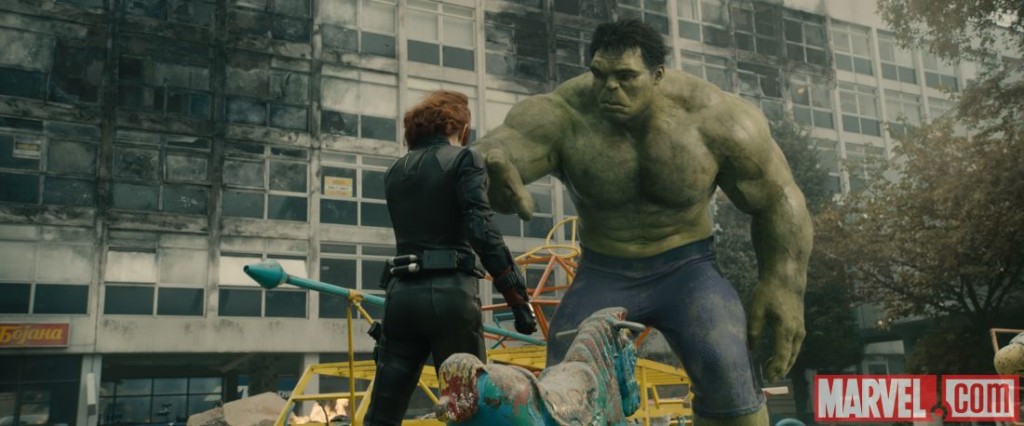
—-
And yet, even after positioning AoU as part of a series, I still see it as a failure of translation, and view Doyle’s critique as evidence of that failure. Marvel is trying to change the face of media in its attempts to translate a serial print format onto the screen and to keep the seriality as it does so. Translating comics across media platforms is as old as comics themselves (Superman’s vulnerability to Kryptonite, for instance, comes not from the comics, but from the adapted radio show), and there have been many trilogies of movies about superheroes. However, this is the first time a company has attempted to translate, not just three movies and not just one superhero, but multiple trilogies about individual superheroes that come together in a trilogy (which will be broken into four movies) centered around a superhero team. From a commercial standpoint, it looks like Marvel has struck gold without even taking into account the multiple television shows that are part of the MCU. Movies and, to a lesser extent, television are more profitable than comics because they reach a wider audience.
But movies are also more expensive to make and slower to produce, and that is where Marvel is running into problems. People don’t watch movies the way they read comic books, and so bridge installments don’t work. Look at it this way: I’m fine reading a bridge issue of a comics series because I spent maybe $3-4 on that issue and I remember its tie-in references from issues I’ve read in previous months. I’ll also get to see what it’s setting up in the next issue that will come out next month or a few months from now. The issue takes me 20-40 minutes to read, depending on how caught up I get in the artwork. With movies, I pay $10.50-11 for my tickets once, or with Marvel’s timeline, twice a year to sit for 2-3 hours. I vaguely remember what happened in the previous film in the actual trilogy, which came out three years ago, and I sort of remember what happened in the last character movie that I saw a year ago. I’ve been watching the connected television series over the past six months, but that’s only to get the one small tie-in I know will be there because Winter Soldier taught me that the MCU would integrate its TV shows into its movies. And this is only if I’m dedicated to the MCU. If I’m a casual moviegoer, I probably don’t remember a movie from three years ago and I may have missed many of the character movies. In either case, when I pay my $11 and take 2-3 hours out of my day, I want my money’s worth out of each film. Doyle wants character development, others want satisfying plot arcs, some want better representation of the single female character in the male-dominated film. The film has to stand alone because that’s how most people watch movies. In other words, film, because it’s slow and expensive cannot produce bridge installments like AoU and have them be successful.
—-
I agree with Doyle that “The problems with Marvel’s storytelling will be the problems of narrative storytelling for the foreseeable future,” but the problems are in translation from a cheap serial format that comes out regularly to a slow expensive format that reaches a wider audience on a delayed schedule. Marvel needs to learn from this mistake moving forward and consider not just how to make comics into movies and TV, but how to accomplish this translation in a way that makes sense for the destination format. I’m hoping the decision to break Infinity War, the last installment of the team trilogy, into two movies is not just a cash grab. That they’ll use that space to incorporate all the players and action in a way that makes sense and works for a movie. That they’ll wrap up their epic story in a compelling way that takes into account the humanity of its audience. I know they can tell human stories, because I’ve seen them do it before. Otherwise, the popcorn movie may really be in jeopardy.
About the author:
Leah Misemer is a PhD Candidate at University of Wisconsin-Madison writing her dissertation on serial comics. When she is not occupied with keeping up with the MCU (which is “research”), she reads fantasy comics, obsesses over beautiful infographics, and plays ultimate frisbee. Follow her on Twitter @lsmisemer to hear about visual rhetoric and popular culture and see occasional pictures of her corgi.

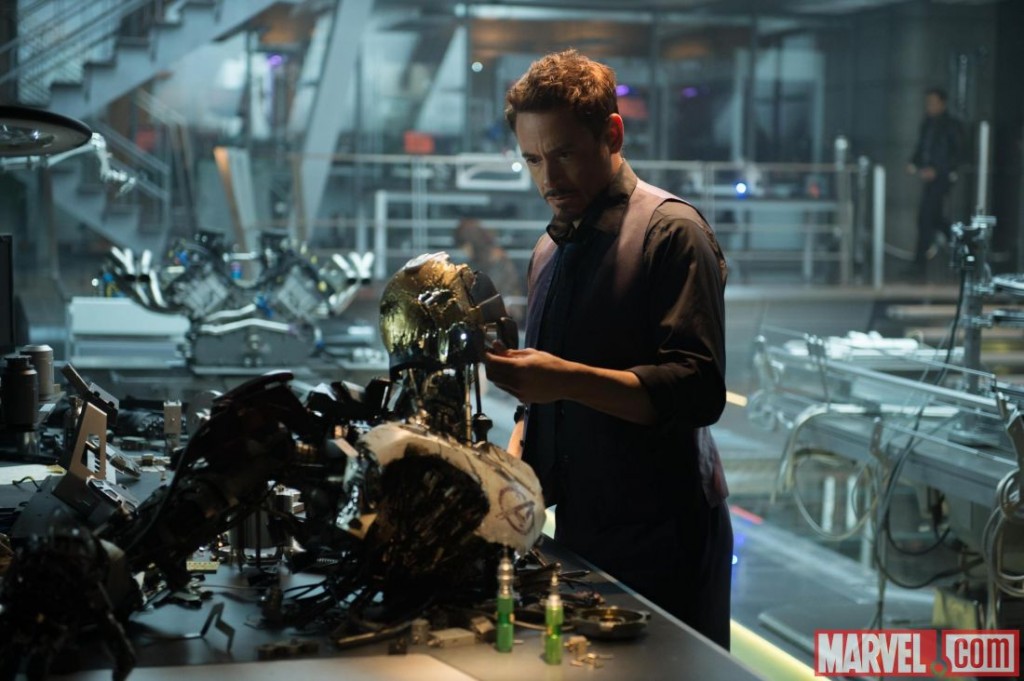
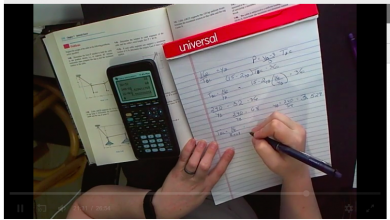


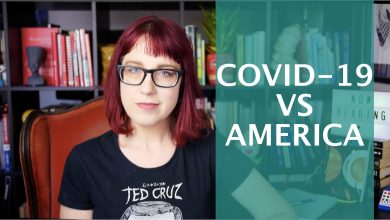
Netflix’s Daredevil was way better than AoU. I think Marvel understands that TV and Netflix is where the REAL storytelling is at now, and blockbuster movies are just something you do to make a few bucks.
I, too, enjoyed Daredevil more than AoU. The translation from a serial format to different serial format seems more successful than serial to one-shot films. They have more space to explore the characters and the storylines, rather than trying to pack everything into 2 hours. However, not all Marvel’s TV shows have been successful: Agents of S.H.I.E.L.D is uneven at best. The series started out strong, became hampered by its inability to mention the upcoming twist in Captain America: Winter Soldier, had an awesome follow up episode to the film, and then has sort of been hit or miss. Some great fight scenes, particularly with Ming Na, but I don’t really care about many of the characters. The same kind of thing can happen with a comic series, so I don’t think SHIELD is an example of failure to cross formats, but perhaps evidence of Marvel trying to spread itself too thin. It’s a little bit like the Golden Age of comics where people were just putting any old thing out there, regardless of quality, because the floppies were cheap to make and sell. We have more gatekeeping in place for TV, because it isn’t a new medium, but Marvel is still throwing spaghetti at the wall to see what sticks.
This is a disease that goes way beyond Disney. Hollywood has become obsessed with making every film a cross-platform property with brand recognition, three sequels, a spinoff franchise, and television show. The marvel movies are just premised on a kind of storytelling that’s a lot more familiar with cross-platform properties and so they appear more successful at doing it. Burn hollywood immediately.
A very thoughtful and impressive critique, I really enjoyed reading it.
I don’t read the comics but have become a bit of a fan with the Marvel movies and the TV “bridging” series. I thought the Agent Carter series really hit a point in the post war period, where she is often seen as the “honey make me a coffee” an attitude that is prevalent in the office, and that she sort of accepts that attitude. I think they got the mix just about right.
I also have enjoyed Agent Carter, which has been an interesting exploration of both women’s role in comics properties and a great critique of women’s roles in post-WWII America. We can see Agent Carter, who fought alongside Capt. America during the war, as representative of female superheroes in comics more generally (we could even think of Black Widow playing that particular role in AoU): they are sexualized to the point of deformity and demeaned even though they kick just as much butt as the men. What I love so much about Carter is that she uses everyone’s low expectations of her–their beliefs that she is there merely to get coffee or act as a sex object–to her benefit as a spy. Again, I think this is easier to do in a TV show because of the space it provides for storytelling, because she’s established as “honey make me coffee” girl and then able to turn that on its head through her spy missions. I wish they’d do something that interesting with Romanov in the movies.
Also, if you’re interested in comics that do the same kind of critiquing, following G. Willow Wilson’s work for Marvel right now would show how the critique of representation of women in comics is playing out in the comics. She’s working on Ms. Marvel and A Force, both of which turn the usual female superhero tropes on their heads.
My biggest complaints about comic book movies nerdy ones. There’s a tendency to put characters in just to put them in. Why is Booboo Stewart playing Warpath? (He and Lautner were the only Twi-pups who weren’t required to prove their ancestry.) Why are they putting Days of Future Past in the prequel part of the timeline when a major character from the storyline joins the X-men in the first movie? (Yeah, it’s to retcon X3 out of existence, but still…)